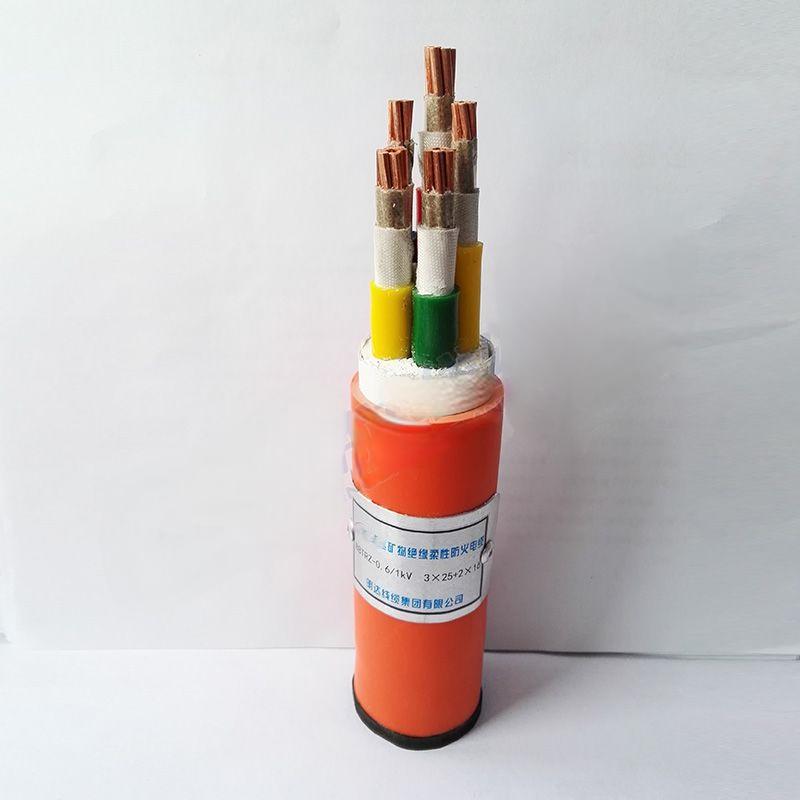Dec . 25, 2024 18:11 Back to list
Exploring Gate Valve Operating Systems and Their Efficiency in Fluid Control
Understanding Gate Valves and Their Role in Oil and Gas Operations
Gate valves, especially in the context of oil and gas applications, are critical components in controlling the flow of fluids through pipelines and other systems. These valves, known for their simple yet effective design, serve vital functions in various industrial processes. This article delves into the features, applications, and maintenance considerations related to gate valves in the oil and gas sector.
Fundamental Design and Function
Gate valves operate using a linear motion mechanism that opens or closes the valve via a gate, hence the name. The design typically includes a valve body, a gate, a stem, and actuators. When the valve is fully open, the gate is lifted out of the flow path, creating minimal resistance to fluid flow. This aspect is particularly advantageous in applications requiring minimal pressure drop.
The typical construction materials for gate valves include cast iron, stainless steel, and carbon steel, depending on the specific requirements of pressure, temperature, and the nature of the fluid being handled. In the oil and gas industry, where corrosive fluids and high pressures are commonplace, choosing the right material is crucial for the longevity and reliability of the valve.
Applications in the Oil and Gas Industry
Gate valves are employed extensively in various stages of oil and gas operations. Their primary applications include
1. Pipeline Systems Gate valves are integral to the transportation of crude oil and natural gas through pipelines. They allow operators to manage the flow and isolate sections of the pipeline for maintenance or emergency response.
2. Production Facilities In oil refining and processing plants, gate valves regulate the flow of crude oil and other fluids through different stages of production. Their ability to maintain a tight seal is vital to prevent leaks and ensure safety.
3. Storage Tanks Gate valves are also used in tank farms where crude oil is stored. They provide a means to control the inflow and outflow of products while minimizing the risk of spills.
4. Offshore Operations In offshore oil rigs, where space is limited and safety is paramount, gate valves offer reliable control while withstanding harsh environmental conditions.
Advantages of Gate Valves
gate valve os&y

The advantages of using gate valves in oil and gas applications include
- Low Flow Resistance When fully opened, the gate valve provides a clear path for fluid flow, minimizing energy loss associated with pressure drops.
- Durability Gate valves are robust and can handle high pressure and temperature, making them suitable for demanding environments.
- Cost-Effectiveness Although the initial investment may be higher than other valve types, their long life and low maintenance needs can make them a cost-effective solution over time.
Maintenance Considerations
While gate valves are reliable, regular maintenance is essential to ensure continued performance. Key maintenance practices include
1. Regular Inspections Periodically checking for leaks, corrosion, and other signs of wear can prevent potential failures.
2. Lubrication Keeping the stem and actuator mechanisms lubricated reduces friction and wear, ensuring smooth operation.
3. Exercise the Valve Regularly opening and closing the valve helps to prevent seizing and ensures that it can operate when needed.
4. Seal Checks Ensuring that the seals are in good condition is critical for preventing leaks, particularly in high-pressure systems.
Conclusion
Gate valves are indispensable in the oil and gas industry, enabling safe and efficient operation across various applications. Their robust design and low flow resistance make them ideal for critical tasks, from controlling the flow in pipelines to managing the complexities of production facilities. With proper maintenance, gate valves can offer reliable service and contribute to the overall efficiency and safety of oil and gas operations. As the industry continues to evolve, understanding and implementing best practices for gate valve usage will remain vital for enhancing operational effectiveness and ensuring safety standards are met.
Share
-
Reliable Wafer Type Butterfly Valves for Every IndustryNewsJul.25,2025
-
Reliable Flow Control Begins with the Right Ball Check ValveNewsJul.25,2025
-
Precision Flow Control Starts with Quality ValvesNewsJul.25,2025
-
Industrial Flow Control ReliabilityNewsJul.25,2025
-
Engineered for Efficiency Gate Valves That Power Industrial PerformanceNewsJul.25,2025
-
Empowering Infrastructure Through Quality ManufacturingNewsJul.25,2025